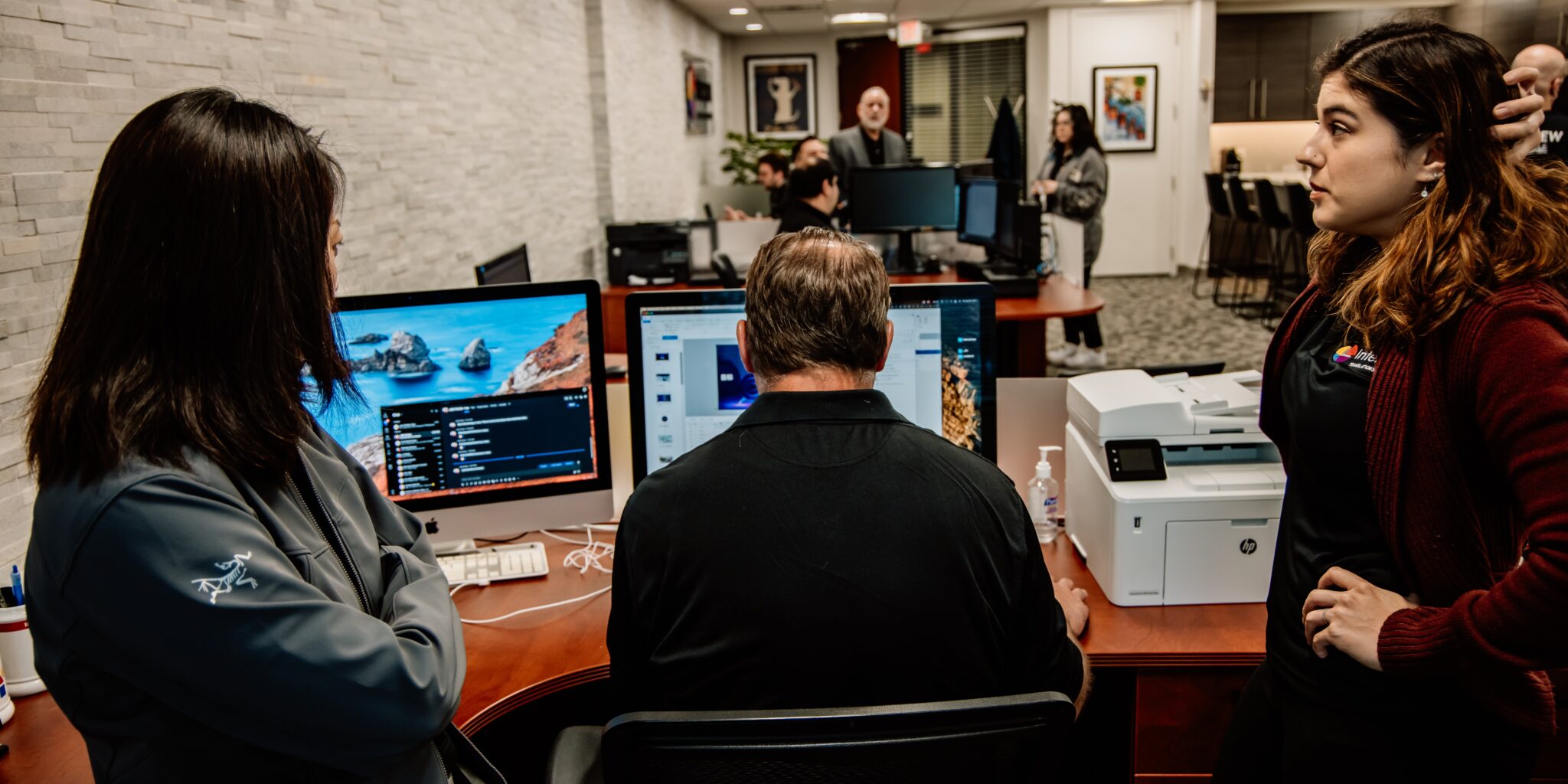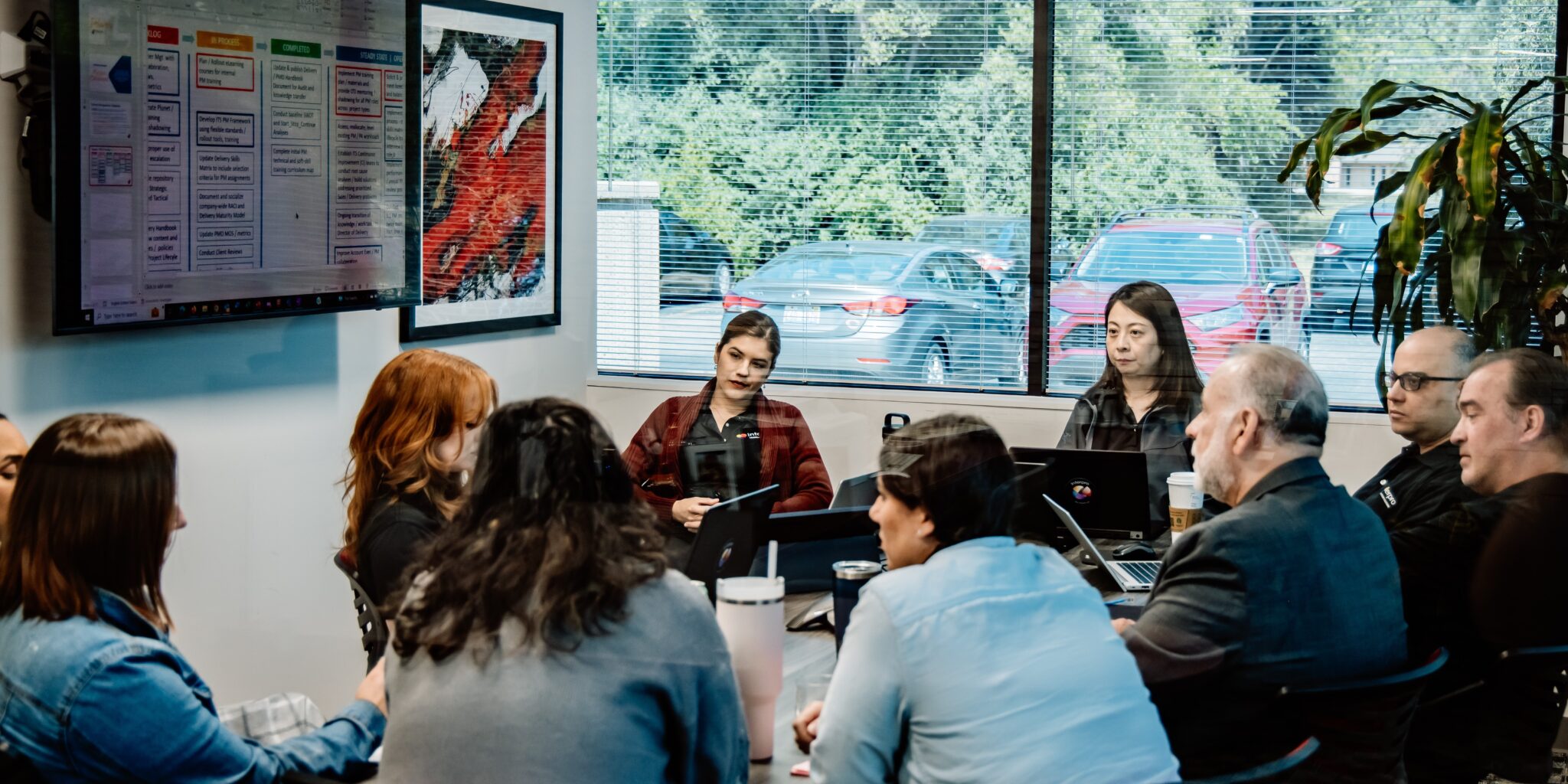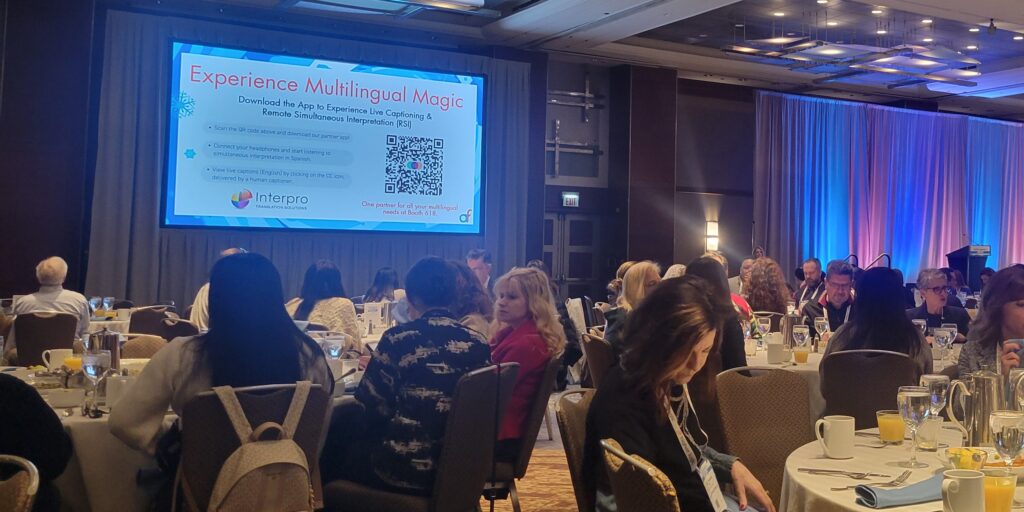
Translation Project Managers are the behind-the-scenes heroes that make managing your translation projects easier. From coordinating international teams and managing timelines to launching jobs and resolving issues, their job is to keep your global content moving so it’s delivered on time and accurately. This article offers a real-world look at a day in the life of a Translation PM at Interpro and why their work is essential to every successful localization project. This is the perspective of a day in the life of Jolie, one of our many talented project managers.
Why Project Managers Are the Secret to Localization
If you’ve ever received assembly instructions in a bajillion languages for your new furniture, chances are good a Project Manager had a hand in making it happen. eLearning courses for onboarding new employees, medical notes from a surgery performed abroad, Chinese-language text messages included as evidence for the defense in a legal trial… there was probably a Project Manager behind the scenes for it all, shepherding that multilingual content into reality. A Project Manager like me.
Morning Routine: Coffee, Communication, and Crisis Control
This particular Project Manager spends most of the day in communication. Email, Slack, tag notifications, Teams messages… all of it. So of course, I have to get my cup of coffee before I can even consider opening my email, because: priorities.
Balancing inbox triage, resource allocation, and project updates is every day work for all of Interpro’s project managers.
Inbox triage: managing team availability across global time zones
Then, I begin to wade through missives (internal, external, local, international), performing triage, gradually bringing order to the inbox. I review my priorities for the day, check if there’s anything that needs to be put at the top of the (somehow-never-shrinking) to-do list, as I sort through the communications that have come in overnight from all over the world.
Oh no, my translator in Europe had a family emergency! I have to reassign this work, and let my fellow PMs know that this resource won’t be available for a day or two.
Over here, there was a glitch and the transmission of instructions didn’t go through to my team in Chile, bummer. I have to re-send the instructions, adjust my delivery timeline, and inform the client there may be potential delays.
Resolving early-day issues and shifting priorities
Next up, that email is a request from someone in another department, asking if I’m available for a meeting with a manufacturing client—and can I look over the pending quote for this other, new client, when I get a minute? It’s high-priority.
Once I’ve put out any particularly pressing fires, I review the status of my current projects and establish the order of work for the day. Then I go get more coffee.
As I settle back in my chair, I go to our Business Management tool and start “turning the wheel” for individual jobs. Make sure that each step in the workflow is moving forward, on track and on time. I have to keep in mind that some teams aren’t available later in the day (cursed time zones) so I must send the requests/questions/answers to those teams before they log off for the day.
New email: this quote I reviewed yesterday was just approved by the client!
Midday Momentum: Launching, Managing, and Troubleshooting Projects
Reviewing and launching approved quotes
Okay, time to launch the work. I review the client details (who are they, what do they do, what content did they ask for), read their instructions, and assess the scope of work. Once I’ve got the project set in my mind (and in my notes), I work up instructions for the translators, assign the teams to the jobs in Plunet, and send out the requests to start work.
Since I actually already reviewed this quote before the AE sent it to the client, I’m really just reminding myself of details I already knew, details that have already been recorded in the project. For example, I know how much to pay the translators because someone else on my team already analyzed the word-count and filled in the payment details based on their established rates.
We also know how many days the translators will need to complete the work because we have a metric to calculate how many words per day translators can complete. The text itself has been prepared for me in the translation tool by the Engineering team, so I just need to download “packages” for each of the translators and then send out job request emails.
Resolving issues and clarifying instructions
When the translation package comes back, I’ll upload it to our software, review it, and send back any questions I may have for the linguists… like did they leave that term in English deliberately?
I want to be able to tell my client that this was a choice and not a mistake, if so. Maybe the linguists had a question for me; they’re wondering if they should be localizing for their specific country, for example, or if the target audience actually lives in the United States. I’ll check my notes and let them know what the client’s intended locale will be, so the translation can be adapted with that audience in mind (using mayonnaise instead of ketchup with French fries, anyone?)
Using Translation Memory and Plunet
That translation will eventually be saved to our Translation Memory, so that any future projects that come in for that client will have this reference attached for the linguists.
Sentences that we translated once before will have that TM match available, so the translators can use it (or not) in the new request. This is good for improved consistency in translations, saves the translators a bit of time, and can save the client some money, since TM hits are charged at a reduced rate to the client.
Afternoon Focus: Meetings, Mentorship, and Multitasking
Deep breath. Time for more coffee.
Now, I’ll answer a few more emails:
Oh, Nick just shared a picture of his kid, cute!
Here’s a follow-up from the client asking if I can resend a translation from last year. Seems like they want to re-use it now, but they can’t find a copy on their own server. I’ll check the Archive.
These translations have come back, better send them over to DTP for final formatting. Translators will need to sign off on those before delivery, too.
At some point, I’ll pause work and fix myself something to eat, toss some clothes in the dryer, check the mail… because I’m incredibly fortunate and am able to work from home, I can make the most of my lunch hour. Time I might have spent sitting in my car, I can instead use to put a pot roast in the slow cooker for dinner later… or just stretched out on the couch, snoozing.
After my break, I dive back in.
Digging into the archive for past projects
Erich, an Account Executive, needs me to review a quote before he sends it off to the client.
I review all the details of the client’s request in their email, analyze the scope of work, check that the quoted details align with the client’s needs. I can calculate the turnaround time and add that, too. By reviewing this quote thoroughly, I can be better prepared for the launch of work—like the quote I converted to order earlier in the day.
I send off my quote analysis email to Erich, along with a meme. Just because.
Educating clients new to localization – did you know there are 3 types of localization?
Time for my client meeting! Are my notes all up to date for this call?
Camera on, I join a scheduled call with a new client based in my time zone. I commiserate with our new contacts about the recent windstorm we just weathered, then talk about the upcoming project. They are new to the whole “localization thing”, so the AE and I walk them through the process, ask the questions they didn’t know would need asking. By the time the call is wrapped up, we all have a better idea of what this client will need and can plan accordingly.
Guiding new clients through the localization process during a discovery call.
Planning for tomorrow
I have a few more jobs to send out before I wrap up for the day. There’s the usual bit of admin that comes with the territory, too, and then I can log out. I’ll do it all again tomorrow, and the challenges won’t be exactly the same, but neither will the successes. Such is the (very satisfying) day in the life of a Localization Project Manager.
See More Behind-the-Scenes Stories from Interpro
Discover more stories like Jolie’s as we look back over Interpro’s history and the many translation project managers that have supported language goals around the world.
Need expert support growing your multilingual communications? Let’s get started.
Explore Services
Consulting • Translation • eLearning • Video & Multimedia • Document
Category: News
Tags: Translation process
Don't forget to share this post!
Stay Updated with Interpro
Subscribe to our newsletter for the latest updates and insights in translation and localization.








